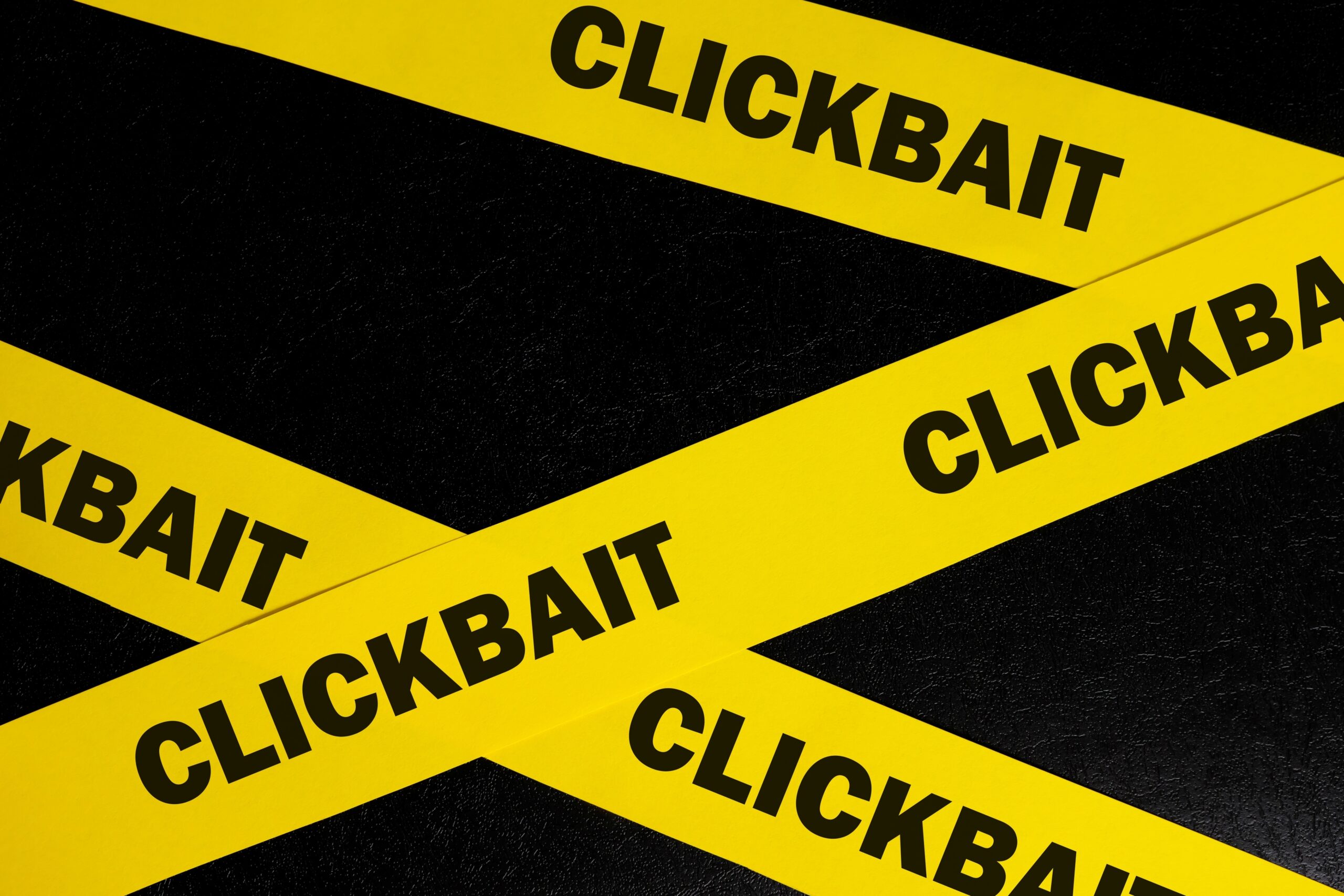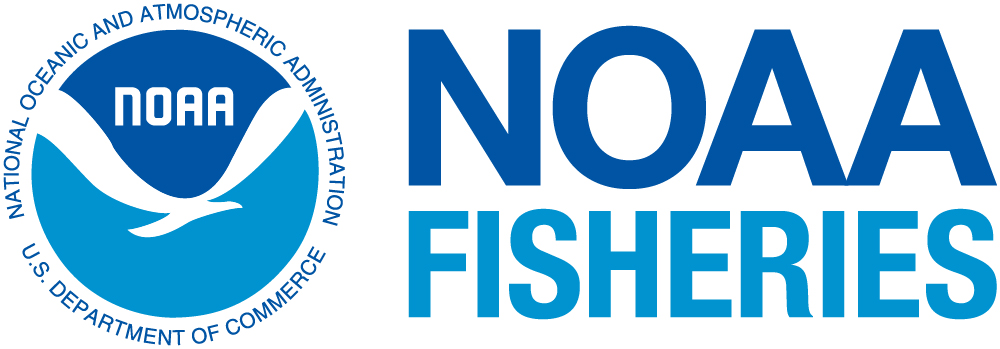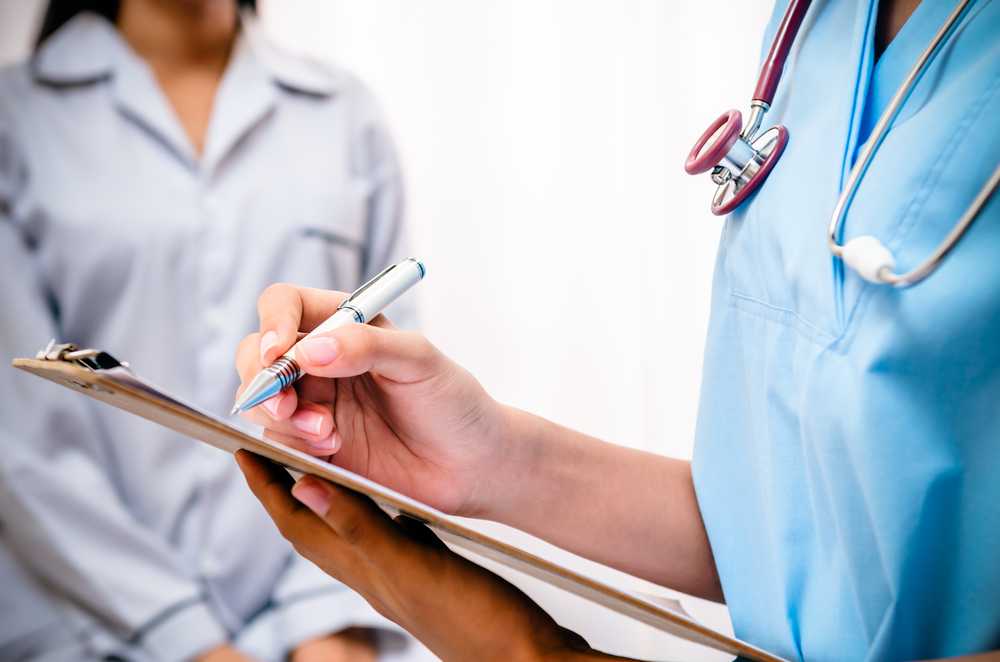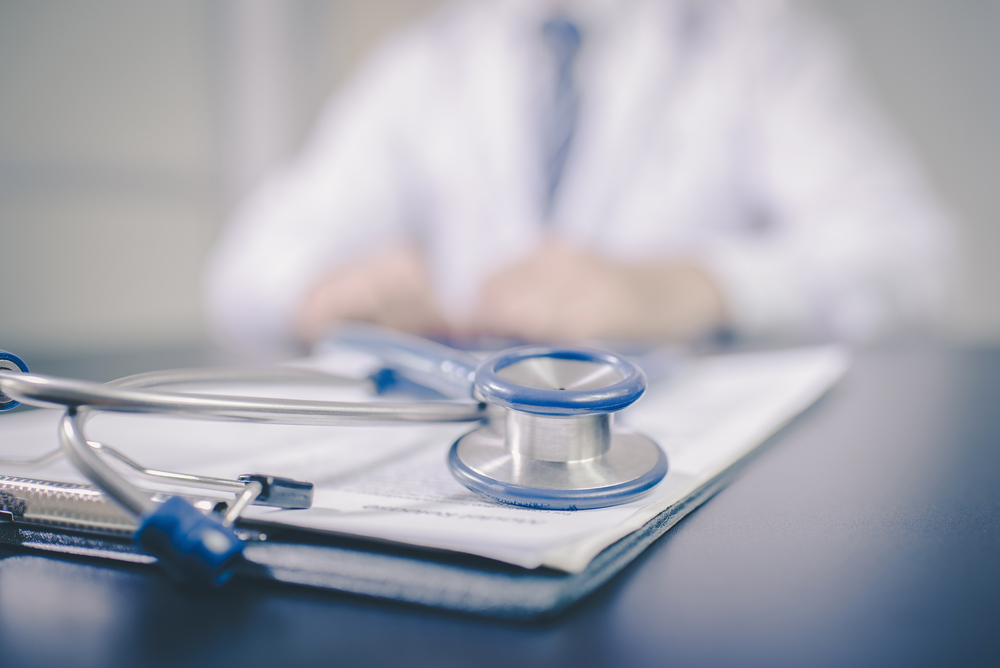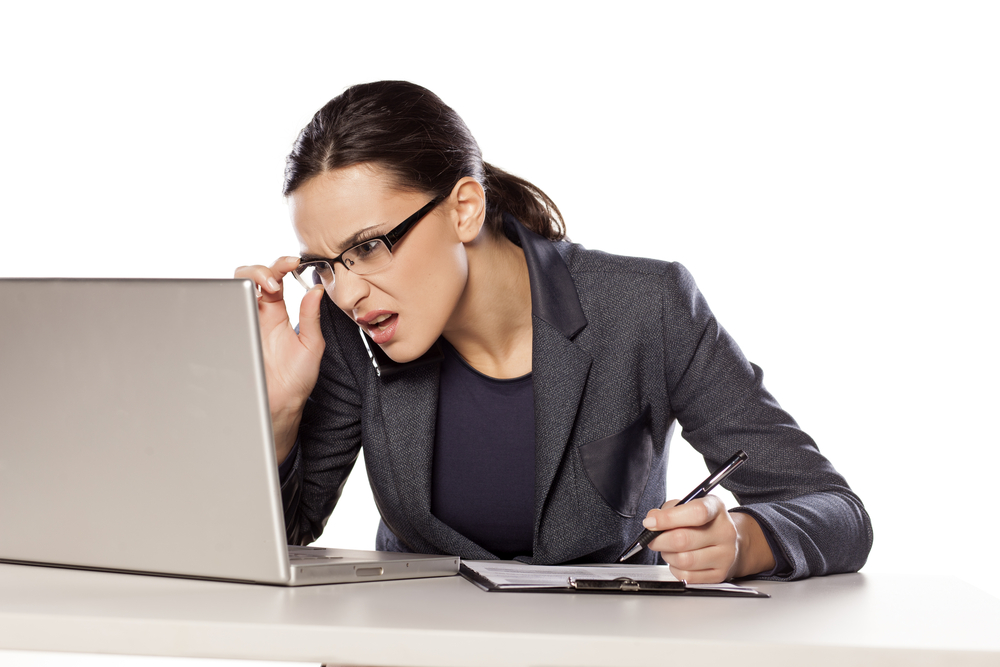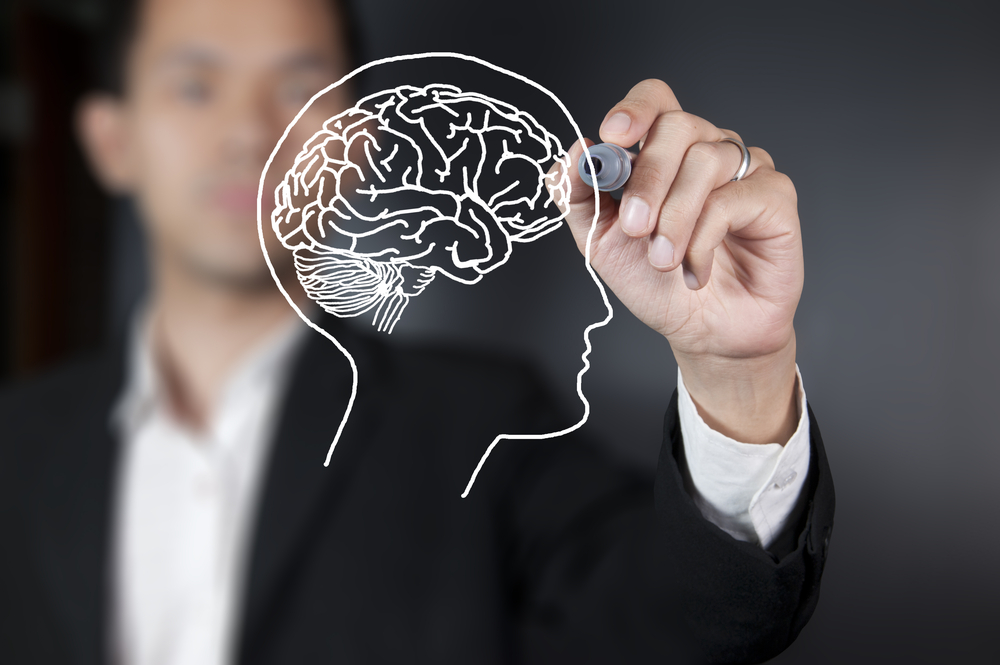All posts by NFI Media
Top Studies Show Seafood Can Be a Lifesaver
Seafood studies from 2017 illustrate the vital role seafood plays in the diet. Eating seafood helps fight heart disease, stroke and diabetes – chronic diseases that are linked to an increased risk of premature death.
Science this year looked at the role of the diet in protecting against these types of chronic diseases. And the top nutrition studies show how seafood is part of a disease-fighting solution.
The top studies:
- Prevent Chronic Disease with Seafood: A study published in the Journal of the American Medical Association linked food habits with 45% of American deaths from heart disease, stroke and diabetes. Not eating enough seafood was linked to about 8 percent of those deaths.
- Improve Quality of Diet with Seafood, Boost Life Expectancy: A Harvard study published in the New England Journal of Medicine found people who improve the quality of their diets, including eating more fish, may significantly reduce the risk of premature death. The authors note that fish is among the food groups that contribute the most to improvement.
- Diets in Low in Fish Raise Risk of Early Death: Ongoing research published in The Lancet found that poor diet is a factor in one in five deaths around the world. The study found that diets low in foods, including fish, raise the risk of an early death.
But wait there’s more…
The above studies form only part of the cadre that illustrates seafood is beneficial to living a long healthy life. From alleviating depression, to reducing the risk of asthma, studies in 2017 continue to demonstrate the far-reaching health benefits of seafood.
Here are some runner-ups:
- Eat Seafood to Boost your Mood: A study published in the journal, BMC Medicine, found that following a “healthful diet” which includes lean protein such as seafood provides an effective and accessible treatment strategy for managing depression.
- Eat Seafood to Prevent Asthma: A study published in the Journal of Allergy and Clinical Immunology found that high levels of omega-3s, primarily found in oily fish, are associated with a reduced risk of asthma in children.
- Eat Seafood while Pregnant to Improve your Infants Health: A research paper published in the Journal of Allergy and Clinical Immunology found that eating fish during pregnancy is beneficial to an infant’s growth and development and will lessen the chance of the infant developing asthma.
Versatile, delicious, affordable… and so healthy
Seafood is not medicine. It’s a versatile, delicious, affordable and accessible protein that research from the past year also shows, can save lives. There’s no better time than now, for Americans to include more seafood in their diets.
Watch our 1 minute VIDEO round-up these studies.
Is Safe Catch Holding Tight To The Mercury Myth?
Old News
In Fast Company, Magazine editor Eillie Anzilotti reports that the Safe Catch tuna testing company “Is On A Mission To Clean Up The Oceans.” Apparently Anzilotti didn’t bother to research the years’ worth of blogs we’ve posted that question whether Safe Catch is also on a mission to promote as much mercury misinformation as consumers can stomach:
- Safe Harbor: Marketing or Misinformation?
- Safe Harbor: Marketing or Misinformation? (Part II)
- More of the Same from Safe Catch
- Marketing the Mercury Myth: This Time on Shark Tank
Safe Catch Tuna Promoting Unfounded Fears
While Safe Catch may be collecting and tracking a mountain’s worth of interesting data they also appear to be unnecessarily scaring consumers away from safe, healthy canned tuna and promoting unfounded fears about mercury in seafood.
Mercury Facts from the FDA
The reality is, the average can of light and albacore tuna have mercury levels of 0.1 and 0.3 parts per million (ppm) mercury, well below the FDA safety level of 1.0 ppm, which includes a ten-fold safety factor—measuring the actual limit is 10.0 ppm. More importantly, both types of canned tuna are rich sources of lean protein and healthy omega-3 fatty acids. An exhaustive body of science has examined the interplay between mercury and the beneficial nutrients in fish and repeatedly concluded that “consistent evidence shows that the health benefits from consuming a variety of seafood in the amounts recommended outweigh the health risks associated with methyl mercury” (USDA/HHS Dietary Guidelines for Americans.) Safe Catch conveniently fails to highlight this fact in its marketing and it goes unmentioned by Fast Company.
Someone Should Calculate Benefit and Risk… Oh, Wait, They Already Have
The FDA has looked at just what the ratio of benefit to potential harm might be from a litany of species and one of those is tuna. Using pregnant women as the marker, the FDA’s own comprehensive research found pregnant women could eat 164 ounces of canned light tuna every week without concern. That’s more than 40 tuna sandwiches in one week (FDA Quantitative Assessment of the Net Effects on Fetal Neurodevelopment from Eating Commercial Fish). Such published, peer-reviewed science illustrates why Safe Catch is a solution in search of a problem that essentially spreads public health misinformation.
Sustainability Standards
Meanwhile Anzilotti ‘s bio lists her as covering sustainability but she barley even pressure tests just how Safe Catch sources its “low mercury” tuna. She notes that Safe Catch has partnered with the Monterey Bay Aquarium Seafood Watch Program on sustainable standards and that the company examines the fish to make sure they’re “within the normal size for the particular type of tuna.” But does not appear to ask whether that means they’re within the normal size for juvenile tuna. Likewise, she notes that “Safe Catch only sources from fisheries that have been certified by the U.S. Department of Commerce.” But Safe Catch sources from domestic waters and any company that sources from only domestic waters would be sourcing from stocks certified by the U.S. Department of Commerce. That’s like suggesting a trucking company maintains safety standards by only drives on roads regulated by speed limits.
NOAA defends U.S. Fisheries
This week, NOAA Fisheries Assistant Administrator, Chris Oliver, sent a letter to the editor of Marine Policy that does not mince words. In response to a new report on IUU fishing, Mr. Oliver asks the editor, “to publish a retraction, and to ensure future articles undergo adequate review to avoid publication of misleading information.”
The article in question, “Estimates of illegal and unreported seafood imports to Japan,” claims a portion of IUU seafood coming to Japan include salmon, crab, and Alaska pollock from the United States. However, these three species in particular are considered among the best managed and most closely monitored in the world. (Not to mention, they’re healthy).
A flawed methodology
Mr. Oliver calls the allegations absent of any transparency regarding the data sources and methodology used by the authors to come up with these claims. The letter goes into more detail about data and methodology concerns and then provides ample information about the robust management of U.S. Alaska pollock, salmon, and crab fisheries.
A new era of NOAA Fisheries communications
It’s important NOAA communicates about its successes and defends itself when it sees clear flaws in a paper like the one published in Marine Policy. This letter to the editor appears to signal a new era of communications for NOAA Fisheries (NMFS) and an encouraging one. Letters like Mr. Oliver’s can result in scientists and journalists doing the extra work to ensure they’re reporting accurately about U.S. fisheries, before publishing.
NOAA stands by U.S. fisheries management
Mr. Oliver finishes by saying,
“In conclusion, NMFS confidently stands by its management, monitoring, and control of U.S. fisheries along America’s coasts and throughout its exclusive economic zone. It is prouder still of U.S. fishers, both commercial and recreational, who are committed to the continued sustainability of our fisheries and who support and observe the regulations intended to sustain and protect our marine resources.”
We are eager to see Marine Policy’s response to NOAA’s strong and very public outreach.
New Study Finds Fat Vital for Health
New Study Tracks Diets of Thousands across 18 Countries
There’s a large new study making waves about the relationship between dietary fats, carbs, and health. The research found that higher fat intake was associated with lower risk of death. Inversely, higher carbohydrate intake was associated with a higher risk of death.
Hyperbolic headlines about the new research are suggesting that a “low-fat diet could kill you” accompanied by images of double cheeseburgers, pizza, and buckets of butter.
The Real Take-Away
It’s extremely doubtful that any Registered Dietitian on planet Earth will see this study and begin urging clients to massively increase their intake of bacon and ice cream.
The real take-away from the study is confirmation that fat does have an important role in the diet. But it’s not just the amount that matters, to confer real and lasting benefits the type of fat is important too.
For a long time, scientists have known fish and shellfish are the best dietary sources of omega-3 fatty acids, particularly DHA and EPA, in the American diet. These healthy polyunsaturated fats are necessary for myriad functions, such as baby brain and eye development during pregnancy. Even better, consuming these healthy fats are among so many other benefits of eating fish.
Better Reporting
Markets Insider digs deeper than other outlets and includes reporting on other studies about fats and health as well.
They quote a Harvard nutrition professor who authored a 2016 study as saying:
- “Not all fats are created equal.”
- “We should eat more good ones from fish and avocados, instead of animal fats.”
Similarly, News.com.au provides tips for getting the recommended amount of fat in the diet:
- “The best evidence available suggests that a couple of tablespoons of extra virgin olive oil, in addition to fat coming from nuts and seeds, oily fish and avocado will give us a daily intake of 30-35 per cent of predominantly good fats.”
The Benefits of Eating Fish
One of the easiest ways to ensure Americans get sufficient (healthy) fat in their diet is by eating more fish. Currently, only 10% of Americans meet the USDA recommendation to eat fish 2-3 times per week.
Science has already shown that low seafood consumption is the second-largest dietary contributor to preventable deaths in the U.S., taking 84,000 lives each year. (For perspective, low intake of fruits and vegetables takes 58,000 lives each year.) There’s no doubt the healthy polyunsaturated fats found in fish play a role here.
If you come across this study in the press, don’t take the easy road and mentally add another frozen pizza to your grocery list. Instead, consider the continuous body of independent science that shows certain fats are vital to your health, and add more of those, including fish, olive oil, and avocados, to your list. It’s encouraging to see the benefits of eating fish continue to be showcased in the latest research.
Eating more seafood has major impact on health, new study
Encouraging new study
Eating more seafood, rich in omega-3 fatty acids, is one of the best things Americans can do for their health, according to a new study.
Harvard’s T.H. Chan School of Public Health found, “People who improve the quality of their diets over time, eating more whole grains, vegetables, fruits, nuts, and fish and less red and processed meats and sugary beverages, may significantly reduce their risk of premature death.”
No need for restrictive diets or complete overhauls
The study highlights that small changes – not just complete diet overhauls – can have a major impact on health. Eating more seafood in particular is simple, affordable, and delicious. For example, adding canned tuna to a casserole dish, shrimp to a salad, or using baked salmon in a rice dish in place of baked chicken are a few ways to easily incorporate more seafood into a meal plan.
The study highlights omega-3 fatty acids, found in fish, as one of the food groups “that contributed the most to an improvement in diet quality.”
The science is clear
Study after study continues to show that eating more seafood is a not just a good idea for your health, it’s imperative. In this latest study from Harvard, improving diet quality over time – by eating more of certain foods such as fish – is linked to reduced risk of premature death. Plus, we already know it’s vital to eat fish during pregnancy for optimal baby brain and eye development. No better time to start eating more seafood than the present. Visit DishOnFish for recipes and tips on how to do so.
Open Letter from Registered Dietitians
A recent MSN Lifestyle article provided by Eat This, Not That lists the “20 Unhealthiest Proteins on the Planet,” and, in the process, makes several of the “Most Untrue Nutrition Claims on the Planet.” As registered dietitians, we were disappointed to find that this article discourages readers from eating whole, nutritious foods such as seafood, peanuts and turkey—foods that we, along with other fellow nutritionists, would recommend that clients include as part of a healthy diet. We find that lists like this one cause consumers to be even more confused about what is truly healthy and what is not, and we would like to set straight some of this list’s most outrageous clickbait claims.
1) Truth: Farmed salmon gets its color from carotenoids.
The orange color of salmon comes from carotenoids, the same pigments that make carrots orange. All salmon need carotenoids in their diet to thrive. (Just like people need carotenoids in their diets to thrive.) Wild salmon get carotenoids from eating crustaceans and farmed salmon get carotenoids from their feed.
2) Truth: Farmed salmon and tilapia contain a variety of healthful fats, including omega-3s and omega-6s.
The healthfulness of tilapia has specifically been substantiated by medical professionals. “Recently, some reports said low-fat fish like tilapia are unhealthy. As a researcher, I can tell you eating fish can save your life,” states omega-3 expert William Harris, PhD. He goes on to say “most health experts (including organizations such as the American Heart Association and the Academy of Nutrition and Dietetics) agree that omega-6 fatty acids are, like omega-3s, heart-healthy nutrients which should be a part of everyone’s diet.”
3) Truth: Farmed salmon and tilapia are not only safe, but healthful.
The scientific report of the 2015 Dietary Guidelines Advisory Committee thoroughly explored the health and safety of wild-caught and farm-raised fish. The committee, comprised of 14 highly credentialed doctors and registered dietitians, concluded that, “based on risk/benefit comparisons, either farmed or wild-caught seafood are appropriate choices to consume to meet current Dietary Guidelines for Americans for increased seafood consumption.” This is because “for the majority of commercial wild and farmed species, neither the risks of mercury nor organic pollutants outweigh the health benefits of seafood consumption, such as decreased cardiovascular disease risk and improved infant neurodevelopment.”
4) Truth: Canned albacore tuna has safe levels of mercury.
The U.S. Food and Drug Administration has a safety level of 1 part per million mercury in fish. Canned albacore tuna contains 0.3 parts per million mercury, three times lower than the level of concern.
5) Truth: Canned tuna of all kinds is OK to eat regularly.
The Report of the 2010 Dietary Guidelines Advisory Committee addressed mercury in albacore tuna head on and concluded “albacore tuna, produced only from wild marine fisheries, is a special case of a popular fish highlighted by the 2004 FDA and EPA advisory. For all levels of intake including more than double the 12 ounces per week recommendation, all evidence was in favor of net benefits for infant development and CHD risk reduction.”
6) Truth: Antibiotic use in farmed fish is closely regulated.
As explained by the Universities of Oregon State, Cornell, Delaware, Rhode Island, Florida, and California, and the Community Seafood Initiative, “Antibiotics are used for farm-raised finfish for the same reasons that they might be used for beef. These are issues related to infection or illness of the fish. Just like meat or poultry, producers of farm-raised fish must stop administering antibiotics 30-180 days, depending on the antibiotic, prior to sale. This is to assure the antibiotics have been completely expelled by the fish or are far below the level that the FDA have determined to be safe for human consumption.”
7) Truth: Tuna cans are safe.
BPA is not used by design in the interior lining of tuna cans.
We urge consumers to look for the credentials RD (registered dietitian) or RDN (registered dietitian-nutritionist) behind the names of those giving nutrition advice.
Signed,
Jennifer McGuire, MS, RD
National Fisheries Institute
Rima Kleiner, MS, RD
National Fisheries Institute
Laura M. Ali, MS, RDN, LDN
StarKist Co.
Debe Nagy-Nero, MS, RDN
Red Lobster Seafood Co.
Pat Baird, MA, RDN, FAND
Doctors’ Confusing Stance Ignores The Benefits of Fish… Sort Of
Ignoring The Benefits of Fish is Malpractice
Processed meat, sugary beverages, candy, and… seafood? One of these things is not like the others.
Doctors Tom Rifai and Mark Liponis were interviewed for Business Insider’s list of “12 Unhealthy Foods that Doctors Avoid.” It appears these doctors didn’t take Nutrition 101 in med school, because they included fish on this list… sort of. Perhaps they don’t know that ignoring the benefits of fish is akin to malpractice.
Do As I Say… Not As I Do?
Ironically though, it’s clear that the foods on Business Insider’s list, including fish, are actually not “avoided” by the doctors:
- “They’re not saying they never eat the foods on this list…”
- “… is not something I totally avoid, but I have dramatically cut it down”
- “… are something I really try to limit”
- “Rifai said he also limits…”
- “…I really try to limit it”
- “But remember: Even doctors indulge every once in a while.”
- “I probably still end up having one or two slices a month”
Um…do we need Merriam-Webster to remind Business Insider of the definition of “avoid?”
Avoid (verb): to keep away from; to prevent the occurrence or effectiveness of; to refrain from.
Since when did “limit” become synonymous with “avoid?” There’s a demonstrable difference between avoiding being bitten by a rattlesnake… and limiting the number of times you’re bitten by a rattlesnake.
Specific to seafood, Dr. Liponis says he stays away from larger fish such as tuna, swordfish, ahi, and halibut because of their mercury levels and other contaminants like PCBs.
The Science Speaks
It’s clear he hasn’t seen the FDA’s latest peer-reviewed published science about the health effects of eating seafood. The “Net Effects Report” is based on more than 110 studies that look at what happens when pregnant women (a more sensitive sub-population than the general public) eat fish—including both nutritional benefits like omega-3s and concerns over mercury. The report includes the amount of seafood, broken down by species, that a pregnant woman would have to eat each week to experience any adverse effects. Note the following amounts:
- Halibut – 88 ounces, or 22 meals per week
- Swordfish – 20 ounces, or 5 meals per week
- Albacore tuna – 56 ounces per week, or 14 meals per week
- Light canned tuna – 164 ounces per week, or 41 meals per week
We’re guessing the doctors are not coming close to eating halibut 22 times per week, nor canned tuna 41 times per week. And keep in mind, those limits are for pregnant and breastfeeding women – the FDA and the USDA do not recommend the general public avoid any commercial fish species. In fact, because of the benefits of fish, USDA recommends that Americans eat seafood at least twice per week and choose seafood instead of other protein options, such as red meat, a few times per week in order to meet this seafood recommendation.
Avoid Vegetables?
When it comes to PCBs – also an apparent concern of Dr. Liponis – independent, peer-reviewed research from Harvard University, published in the Journal of the American Medical Association, reports seafood broadly makes up only 9% of the PCBs in the average American diet, while products like vegetables make up 20%. Dr. Liponis is far from suggesting consumers avoid (aka limit?) vegetables in this article, which is curious since they contribute more than double the amount of PCBs to the diet than seafood.
Not An Inconsequential Error
It’s disappointing to see practicing physicians discourage readers from eating seafood. This isn’t an inconsequential error. Unnecessarily scaring consumers away from the benefits of fish contributes to an ongoing public health crisis that contributes to 84,000 preventable deaths each year according to Harvard University research. Reputable health organizations like the American Heart Association and the American Diabetes Association are encouraging Americans to eat fish at least twice per week.
Bottom line: The benefits of fish are clear. Seafood should be incorporated, not avoided.
Fisheries Expert Says World Stocks Stable
When marine ecologist Boris Worm proclaimed in 2006 that the “global collapse” of fish stocks would occur by the year 2048, media outlets took the bait, splashing hyperbolic headlines on the proclamation and drowning real facts in distortion.
Subsequent research in 2009 proved Worm’s flawed prediction to be wrong. Still, in 2017 scientists and seafood experts alike are speaking out against the 2048 fish falsity. Seafood does face challenges, but wholesale extinction is not one of them.
In fact, world fish stocks are stable. Speaking at the SeaWeb Seafood Summit in Seattle, University of Washington fisheries researcher Ray Hilborn said on average, fish stocks are likely increasing.
Global Fish Stocks Better Off Than You Might Think
“There is a very broad perception that fish stocks around the world are declining. Many news coverages in the media will always begin with ‘fish stocks in the world are declining.’ And this simply isn’t true,” Hilborn said, pointing to the RAM Legacy Database, which collects information on all the scientifically assessed world stocks.
Facing The Fish Facts
Fish stocks can be “robust,” Hilborn explained, even if they are labeled overfished. A stock that is overfished is not necessarily going extinct. “It simply means you’re getting less yield from that stock than you could get if was well-managed,” he added. Meaning, with a robust management plan, a fishery certainly has the potential to bounce back.
A Promising Fish Forecast
Hilborn’s message of promise for the future of seafood is important and invigorating for fish harvesters, suppliers, importers, distributors, wholesalers, and consumers alike. Stable stocks mean a happy medium of fish in the seas, as well as in our plates.
Dr. Hilborn is part of The CFOOD network which has been building and maintaining a range of data bases on the status of fish stocks. The CFOOD network of scientists analyze databases, and comment on new studies, papers, and reports about fisheries sustainability on their website.
Daily Mail Online Says to Eat and Avoid Fish in Same Article
Seafood during pregnancy
Another day, another confusing article about whether you should, or shouldn’t, eat seafood during pregnancy. (Spoiler alert: you should).
Daily Mail Online is out with “The ten surprising foods you should never eat while you’re pregnant including hot dogs, liquorice and MELONS.”
Almost comically, seafood is included in the list of foods to never eat and in a call-out box of foods you should eat.
Foods worth tucking into
In the And What You Should Be Eating side-bar, “Dr Derbyshire says that while you don’t exactly need to be eating for two (just an extra 200 calories in the 3rd trimester) there are some foods worth tucking into while pregnant.” “…along with oily fish (up to 2 weekly portions) for its essential omega-3 fatty acids are just a few examples of foods that are great to eat in pregnancy.”
The advice in this call-out box is clear: fish, twice per week, is great during pregnancy.
Foods to avoid
Shortly after readers come across the side-bar text with recommendations of foods to eat during pregnancy, including seafood, the list of ten foods to avoid goes on to name “tuna.”
To make things doubly confusing, the article’s recommendation is not actually to avoid the fish. The article says, “Tuna can be eaten in pregnancy but just not too much. Ideally no more than two tuna steaks (140g per steak) or four 140g cans per week should be eaten.”
Confusing readers
To be clear, the What You Should Be Eating call-out box already says pregnant women can, and should, enjoy two oily fish meals per week. Then, in the list of foods to avoid, the article says that tuna, (an oily fish), can be eaten two to four times per week.
The take-away, clearly, is that pregnant women should be eating seafood, including tuna, during pregnancy.
Why tuna is listed as a food to avoid, when the immediate text following reveals it can be eaten during pregnancy is bizarre and strays into the category of making no sense whatsoever.
How this article got through the editorial process with confusing – and conflicting – recommendations about seafood during pregnancy is unknown and unfortunate. Readers are likely to skim through the list, without digging into the content below each food, meaning their take-away will be to incorrectly avoid tuna during pregnancy.
Daily Mail Online should remove tuna from its list of foods to avoid as the same article promotes it as a food “great to eat in pregnancy.”
Epoch Times Botches Brain Health Advice
“Preventing Alzheimer’s: A Mind and Body Approach”
Though refreshing to see an article that encourages readers to take action regarding brain health, the nuanced information The Epoch Times presents about seafood and brain health actually leaves readers more confused.
Lifestyle factors
The article focuses on lifestyle factors that could help prevent types of dementia like Alzheimer’s disease, starting with diet.
Unsurprisingly, fish is touted as one of the best foods to include in the diet because omega-3 fatty acids play a profound role in cognitive health. Dr. Barry Sears tells the Epoch Times, “Once omega-3 fatty acids transfer from the blood into the brain, they become building blocks for a powerful group of hormones that resolve the inflammation that causes various neurological disorders.” The author of the piece, Conan Milner, points out that the Alzheimer’s Association recommends that people include fish in their diet, and notes that, “Fish has been considered a brain food for centuries.”
Any reader, up until this point, would clearly take-away that fish is an important part of a diet that promotes brain health and aims to prevent dementia.
Caveats that ultimately confuse readers
Unfortunately, what follows are caveats that ultimately confuse readers. Dr. Sears warns readers about mercury and polychlorinated biphenyls (PCBs) in fish, going so far to say, “At higher levels, mercury and PCBs can also be toxic, leading to serious health conditions and even death.”
- There has never been a case of mercury poisoning from the normal consumption of commercial seafood in a peer-reviewed medical journal in the U.S. In fact, the top 10 consumed species of seafood (which make up 90% of all the seafood Americans eat) have levels of naturally-occurring mercury far below the FDA’s limit for mercury in seafood. Furthermore, countries like Japan consume ten times the amount of seafood per capita than Americans consume – without mercury-related illnesses.
- Independent, peer-reviewed research from Harvard University, published in the Journal of the American Medical Association, reports seafood broadly makes up only 9% of the PCBs in the average American diet, while products like vegetables make up 20%. Dr. Sears is far from suggesting consumers eat fewer vegetables in this article, which is curious since they contribute more than double the amount of PCBs to the diet than seafood.
Risk-center Messaging Reduces Fish Consumption
The confusing messaging in this article has the potential to scare people away from fish altogether. According to a peer-reviewed study, risk-centric messaging reduces fish consumption, resulting in an overall reduction in the potential health benefits derived from [omega-3] EPA + DHA.
Epoch Times editors should correct the stanza’s about seafood that contradict ground truth science and confuse readers.



